Top 10 Suprising Ways to Improve Your Vehicle's Fuel Economy
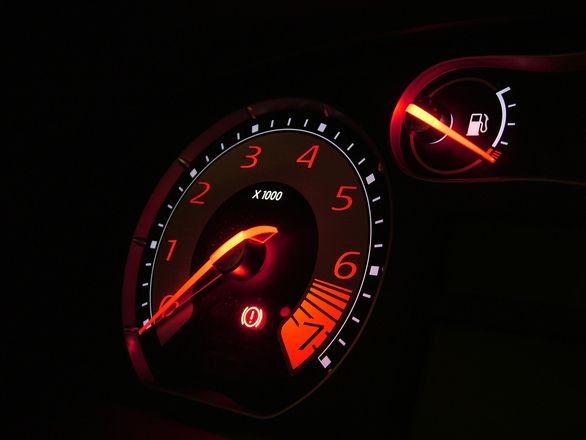
Welcome to my list of Fuel Saving tips! I wrote this article to help shed some light on a common concern many people have with their vehicles. If you have any follow-up questions feel free to ask and I will do my best to answer you clearly and concisely. Now, the top 10 Surprising Ways YOU can Improve Your Vehicle's Fuel Economy!
10 ) Use The Correct Grade of Gasoline for your Vehicle
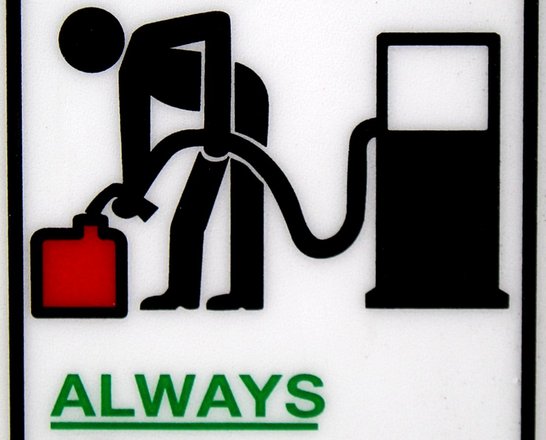
Many of us don't truly understand what gasoline is, or how it really works in the modern internal combustion engine. A commonly held misconception is that gasoline is "pure" or that octane is a measure of "purity". The reality is that gasoline, as a commercial product, is in fact a mixture of many different ingredients. Think of it as a soup.

This soup contains gasoline, ethanol, detergents, and other additives. The octane rating is a qualitative measure of how much compression this particular fuel blend can withstand before igniting. Therefore you need a fuel that will combust fully in your particular engine configuration. If your vehicle is equipped with a turbocharger or supercharger (both devices that increase internal engine pressure), you absolutely must use the higher octane rating fuel blends that the manufacturer recommends. However if your car is designed to run on regular, meaning you have neither a turbocharged, nor supercharged, nor "sports" type high compression engine, then a lower octane rating fuel will combust more fully in your vehicle, improving performance and reducing hydrocarbon emissions.
Note that switching between different grades of fuel frequently, is also not recommended. More on why this is so, later on in the list.
9 ) Check your tires

It's surprisingly easy to forget about the most important part on your vehicle, the tires. Many of us are guilty of ignoring our tires until we develop a problem with them. Often times, people can become irate when they get a flat and are told they must replace all four, either due to wear or drivetrain configuration. Many vehicles now employ run-flat tires, that can cost several hundred dollars to replace, so inspecting your own tires is of vital importance.
Most states in the US have some form of mandated vehicle safety inspection. Tires that are "legally" bald (measuring 2/32nd" or less), will fail you for inspection. Tire tread is something you can easily inspect yourself before going in for your yearly inspection. Know before you go. If your tires are looking questionable, it would be wise to do some research and even search online for manufacturer rebates.

Tire pressures are just as important as the tread depth and should be checked regularly. The specification for your vehicle can be found on a placard located on the driver's door jamb. There will be a little table that indicates what the fill pressure should be for front, and for rear tires. Note that these pressures are cold-fill, meaning they assume your tire is cold when checking. This is because compressed air contains moisture, allowing it to expand and contract with ambient temperature change.
Nitrogen, however, does not fluctuate with temperature, and theoretically should not be checked once it is proper set by a certified technician. Nitrogen-filled tires are usually marked with a green valve stem cap. If you have a green cap, ensure
regular air is never allowed to mix with the nitrogen in the tire. This can cause nitrous oxide to form inside the tire and may result in an unsafe driving condition.
8 ) Keep your vehicle clean

It may surprise many readers to find out that the cleanliness of their vehicle can have a significant impact on fuel economy. Allow me to explain.
Modern vehicle body designs incorporate the aerodynamic concepts of upforce and downforce. These are the concepts stating that changing the direction of air at velocity will exert a force (in this case, either upward or downward). These forces are then utilized to improve vehicle handling, especially at high speeds, such as highway driving.
However a patina of dirt that is bonded to your paint finish will actually increase your vehicle's overall friction coefficient with the outside air, generating aerodynamic drag. Open windows also create additional drag. These effects exert themselves with greater effect at greater traveling velocity.

Try to clean your car inside and out before a long roadtrip. Regularly washing and applying wax to your paint finish will not only ensure a stunning appearance, but a nice savings on your fuel economy if you do a lot of highway driving. Don't ignore cleaning your wheels either!
7 ) Be mindful of your braking and sudden acceleration

Sometimes the mood takes us, or maybe a song comes on the radio that encourages us to drive just a bit too spiritedly. We are all guilty of it. However as far as fuel economy is concerned, the single most important metric in a gasoline engine is calculated engine load. This is usually expressed as a percentage of the engine's output capacity. In other words, how much are you asking the engine to give of itself.
This is why auto manufacturers always present their fuel economy figures as "city" and "highway" driving.
For comparison's sake, lets say you wanted to accelerate a vehicle at full wide open throttle, from an immobile position. What then happens is you are asking the engine to give everything it has, and it then has to overcome the full vehicle weight's inertia to get going. This is a full engine load (>90%) situation, and produces the worst fuel economy possible. On the other end of the spectrum, lets say you are traveling at 50 miles per hour, the vehicle weight is already traveling at a velocity that the engine merely has to sustain rather than overcome. This is an example of a low engine load (<40%) condition.
Slower, more fluid transitions in your driving style, and less erratic, sudden maneuvers will pay you dividends in both fuel economy and greater safety.
6 ) Utilize Cruise Control for Long Trips

This tip continues the wisdom that operating one's vehicle in a lower load state yields fuel savings.
Modern fuel injection technology relies on a wide array of sensors and computer modules to make precise calculations in order to optimize economy and performance. The cruise control system has similarly evolved over the years. A crude cable drawn system on older vehicles (most 1997 and older) has been replaced with a computerized version that allows your car to make decisions about your transmission and throttle settings to ensure lower operational load. Some vehicles even offer lane-keeping assistance function and radar sensors as additional automated aids.
Even if you're driving a Tesla product with "auto-pilot", you should never take your eyes off the road or your hands off the wheel while sitting in the driver's seat of a moving vehicle. However, setting the cruise control on long highway trips will allow you to both avoid inadvertently speeding as well as allow the engine to operate at a lower load range, thereby increasing your fuel economy.
5 ) Don't miss manufacturer recommended maintenance intervals
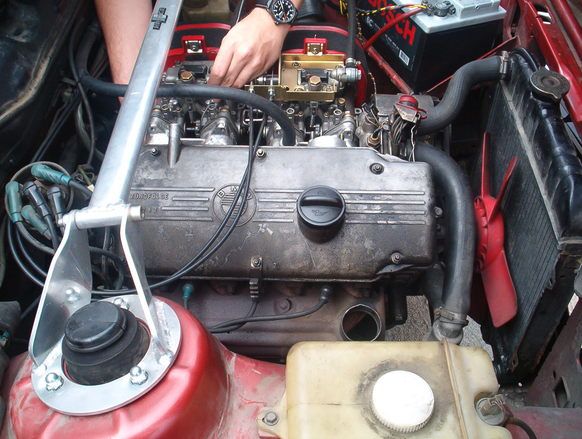
The importance of this consideration cannot be overstated. Many vehicles use manufacturer specific fluids and lubricants and they are not all the same. In other words, what works for one vehicle may spell disaster for the other.
Always make sure to study your Owner's Manual, which if you don't have, can be ordered at the Parts department of the dealership of your respective brand vehicle.
Often times, these booklets will include an easy-to-use chart of important maintenance items that should be inspected, or replaced at a particular mileage interval. Some of these items, like timing belts, can cause catastrophic damage if neglected and allowed to wear beyond their service life.
Don't expect the dealership's service department to have your best interests in mind either. Know what service your vehicle manufacturer recommends, research online what some median costs of this service are for your year, make, model (and area), and then use that information as a roadmap for your service visit. If they start to tell you about flush services that you know are not on the maintenance schedule, ask questions and refer to your maintenance schedule. Many disingenuous service advisors will back down when confronted with this indisputable evidence.
In summary, automobiles are complex pieces of machinery, that have many moving parts, all working together to produce the various characteristics the driver perceives. Keeping up with maintenance will ensure you minimize loss of performance and reduce the overall strain on the vehicle systems, allowing for optimal fuel economy.
4 ) Weight distribution

It seems pretty obvious that the more weight you have in your car, the more the engine has to work, and therefore the worse your fuel economy will be. However, have you considered that the location of the weight in your car has an impact on vehicle handling and fuel economy? Auto manufacturers are keenly aware of this detail today, but didn't truly incorporate the principle into their designs until the OBD2 protocol (1996 and newer vehicle) came into effect.
German auto manufacturer BMW broke ground in 1996 with the debut of their E36 chassis 3-series, boasting to be the first vehicle engineered with a 50/50 weight distribution. The benefit of drastically improved handling allowed them to dominate the luxury mid-size market for many years as a result.
What you need to know is this - if you are carrying a heavy load, such as going on a camping trip or maybe moving into a new residence, try to position the weight as close to the theoretical center line of the vehicle as possible. If it's going in the trunk, push it to the back of the trunk so that the weight is closer to that theoretical center line. If it's going on the back seat, try to place heavier items lower (on the floor), and more towards the center. Inertia from your heavy weight will exert itself less on the body of the vehicle while in motion, and save you in fuel costs.
3 ) Research and Utilize High Quality Additives

As vehicles age, wear and tear begins to take a toll, and we have to investigate ways to renew their function.
Wouldn't it be great if you could really fix your head gasket by just pouring some magic goop into your oil? Too bad the automotive product market is filled with snake oil salesmen. If it sounds too good to be true, it probably is. Be wary of any products making outrageous claims or utilizing flashy marketing. There are however several examples of great additives that you can use in your vehicle to garner some benefits.
The first type of product you want to research is a fuel injection cleaner. Some reputable brands are Chevron Techron and Lucas, but there are many more. These products can help retard the build-up carbon deposits on injector nozzles, but be careful, some products out there are little more than rubbing alcohol. Sea-Foam is a petroleum distillate product that works well as a general fuel system cleaner. Some automotive technicians have even discovered that certain gun-oils and cleaning products can do a great job. Do your research and be certain in your decision before you risk putting something in your vehicle though.
For drivers in hotter climates, and those who run their A/C in stop and go traffic all day, may want to look into something called water wetter. This is a surfactant that is designed to improve heat dissipation from vehicle cooling systems, and is used regularly by turbo enthusiasts who increase their engine output, thereby needing additional cooling. Purple Ice from Royal Purple or Original Water Wetter are great choices for a product of this nature. Again, research your need, and follow the instructions carefully if you decide to proceed.
Lastly, if you drive a truck, your suspension has something called grease fittings. These are service ports where grease is injected into a point of articulation to ensure smooth operation and prevent metal on metal wear. Using a high performance synthetic white lithium grease where applicable can do this job a lot better than regular petroleum grease, which has a tendency to dry out and become sticky.
Searching for user forums online for your brand vehicle is a great place to start researching for additives that work and make sense.
2 ) Don't Use Cheap Replacement Parts
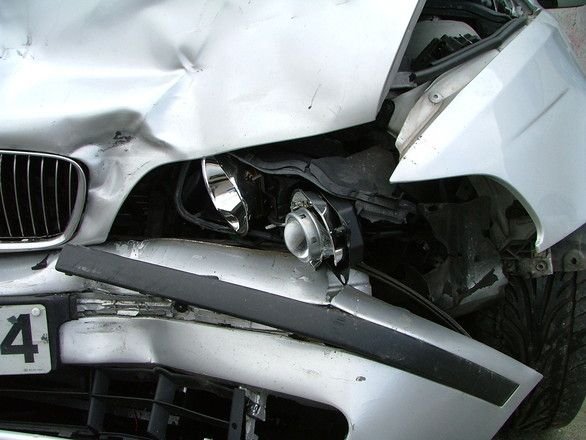
Often times when we find ourselves facing an unexpected automotive repair, the only question on our mind is, "how much will this cost?". When being presented with an unforeseen automotive expense, the first thing you want to do, is gather information. Find out as much as you can about the nature of the problem. This may require the expertise of a certified technician or service facility. However, service centers train their employees to instill a sense of urgency when dealing with repairs. Be prepared to do your own research.
Dealerships are always going to try to sell you dealership parts, like independent shops will always try to sell you aftermarket parts. If your vehicle is still within a manufacturer warranty, then only use OEM parts. When dealing with a service center, and you're not under any warranty, always ask for OEM (original equipment manufacturer) and aftermarket options. Write down the exact brand name of the aftermarket part, and go online to research it. If you can't be bothered to do this, then go for OEM parts, as they will carry a warranty and work as designed. A cheaper aftermarket part can break a month later and leave you with little recourse as far as warranty coverage of any kind.

You reap what you sow. Replace too many parts with junk parts, and now you've got yourself a junk car.
1 ) Periodically reset your adaption values; Become an Expert Owner!
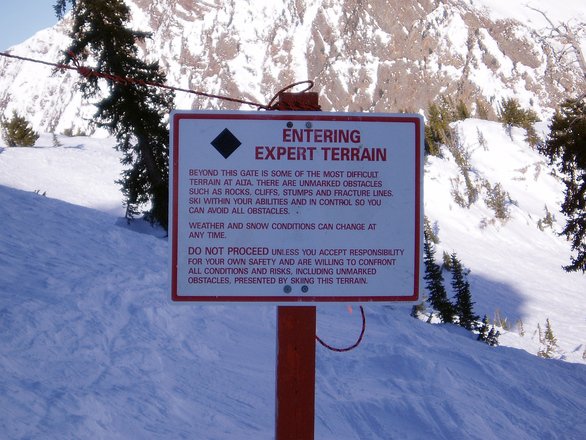
All vehicle owners invest a great deal of time, money, and faith in their automobiles. You put your life on the line every time you decide to operate this 2-ton hunk of metal that is powered by explosions. The wisest decision you can make as a vehicle owner, is to research the intimate workings of your own vehicle and become an expert owner.

Almost every vehicle brand has some sort of owner forum presence online. A simple search engine query should get you looking in the right direction. Forums are places where owners and enthusiasts share important and little-known information. It is also recommended that you purchase an OBD2 code reader. These devices can be purchased for as little as $50 USD and will always be a first step in diagnosing any anomalous conditions that may arise in the vehicle's service life.
As far as adaption values are concerned, this is basically the computer memory of your engine and transmission control modules. These computers gather data from sensors as you operate the vehicle and make adjustments per their algorithms and programming. Fuel trim, both long term and short term, are examples of adaption values.

If you drive your car loaded down in stop and go traffic for a few days, you may be find that the vehicle is still sluggish on the weekend without any of those things in the car. This is because the vehicle systems have adapted to the previous driving condition. These values can be reset manually by disconnecting your vehicle battery for 30 seconds, or by virtue of a scan tool. Many manufacturer's also include a special "procedure" that can be triggered from the driver's seat, like a secret code, but you must research this for your particular vehicle. Mercedes technicians include one of these resets with every service provided, knowing that the driver will then feel a noticeable difference when picking their vehicle up from the service department. This is the automotive equivalent of error-checking and defragmenting your hard drive. You will observe benefits if done periodically.
That's what I got for you guys for now, please upvote, resteem, and show support for the effort to bring these kind of original, informative articles to our community! Thank you! @survivofit